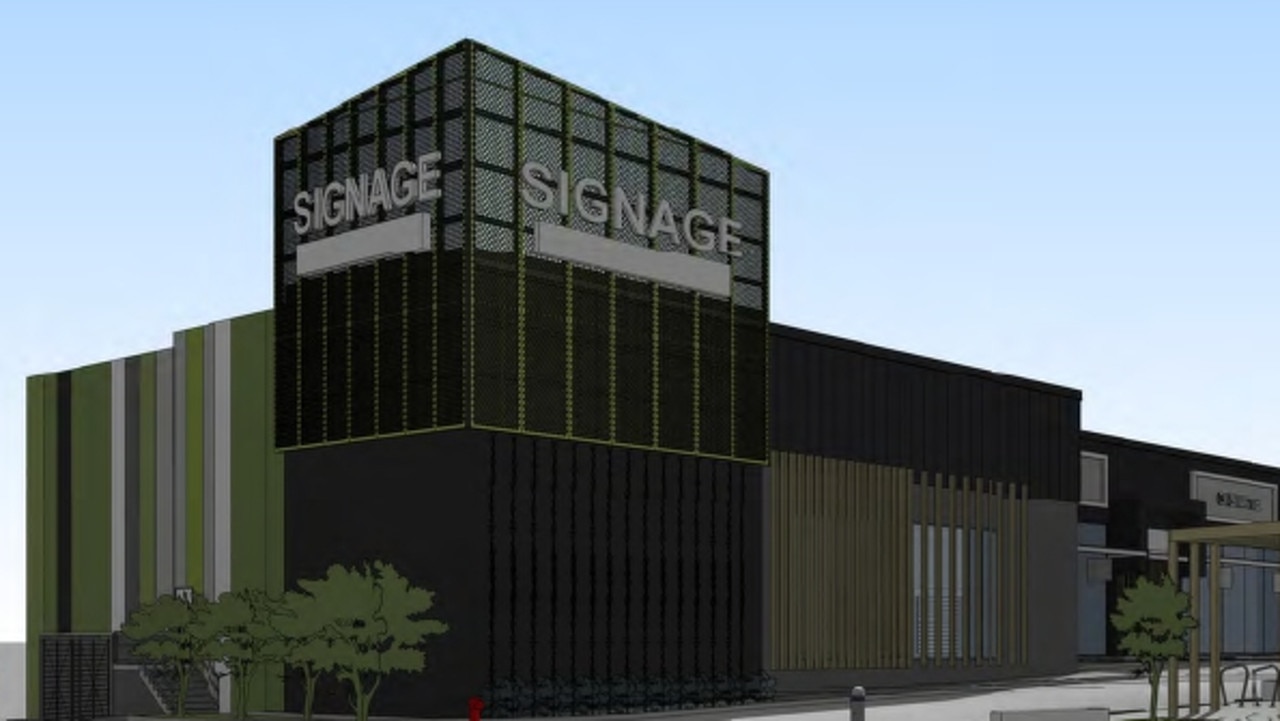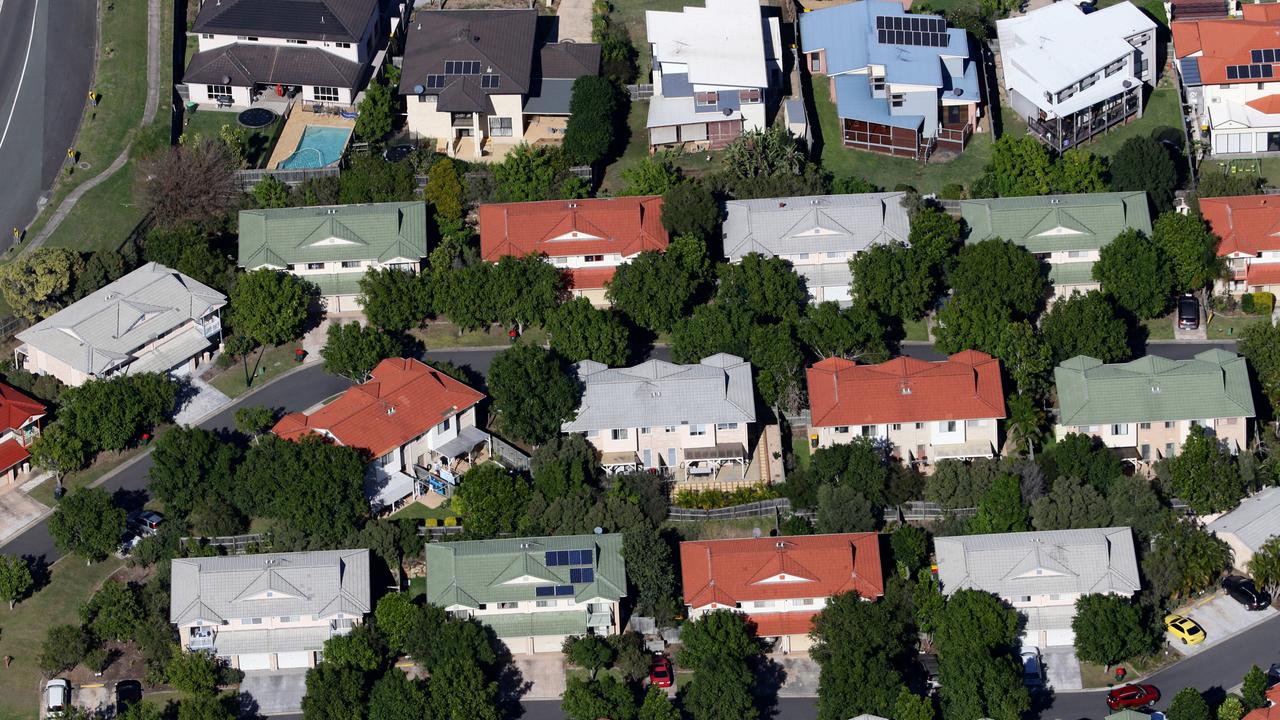Huge shift to change homeownership, renting forever
A massive wave of change is set to shake up homeownership and renting in Australia forever.
Property
Don't miss out on the headlines from Property. Followed categories will be added to My News.
Australia is about to experience its biggest ever migration surge, with the Federal Government forecasting 1.5 million net overseas arrivals by 2027.
This equates to almost double the net number of migrants reaching our shores between 2017 and 2022, and is in stark contrast to the period over 2020 and 2021 when the Australian Bureau of Statistics (ABS) recorded more departures than arrivals in the wake of the Covid-19 border closures.
The influx is welcome news for the business community which has been navigating staff
shortages since the end of the lockdowns.
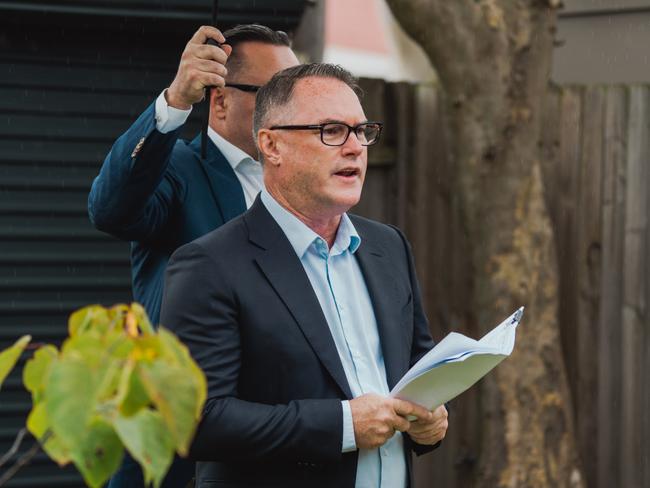
MORE: Great new home trend impacting us all
In a 2023 survey conducted on behalf of the Business Council of Australia, 60 per cent of the 2,115 participants reported being impacted by worker shortages, with 15 per cent saying they had been strongly impacted.
In the same survey, 66 per cent of respondents agreed that properly planned and managed migration, including the provision of adequate services, housing and other infrastructure, is a good thing for Australia.
Immigration lawyer Arnela Tolic, principal at Tolic Lawyers, said migrants are critical to our workforce, helping the economy to thrive.
She said acute skill shortages were evident across the board in 2023, with the construction, healthcare and hospitality sectors hit especially hard.
New migrants are expected to fill many of these vacancies in the coming months.
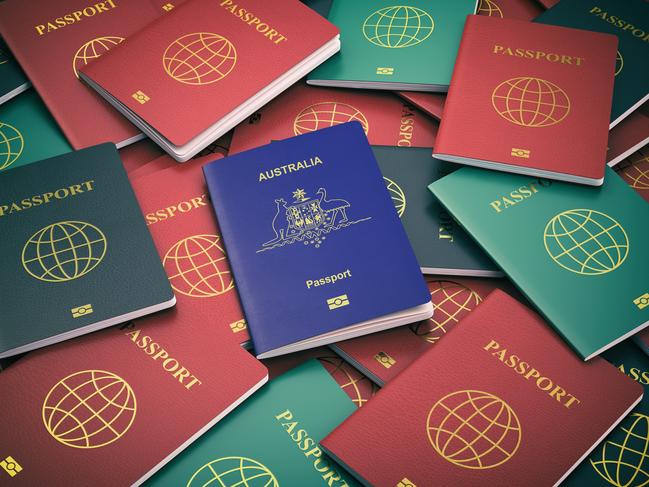
According to ABS 2021 Census data, 79 per cent of migrants choose to live in NSW, the ACT, Victoria and Queensland, with 19.2 per cent residing in South Australia and Western Australia.
However, Ms Tolic said a combination of increased living costs and incentives provided by the Department of Home Affairs is encouraging more migrants to settle outside of the eastern states’ capital cities.
The Regional Australia Institute (RAI) has set a goal to double the proportion of new migrants
settling in regional Australia by 2032 and has created a framework to harness overseas talent through attraction and settlement support for both international migrants and the skilled expat
community living abroad.
MORE: How women are beating men in the real estate game
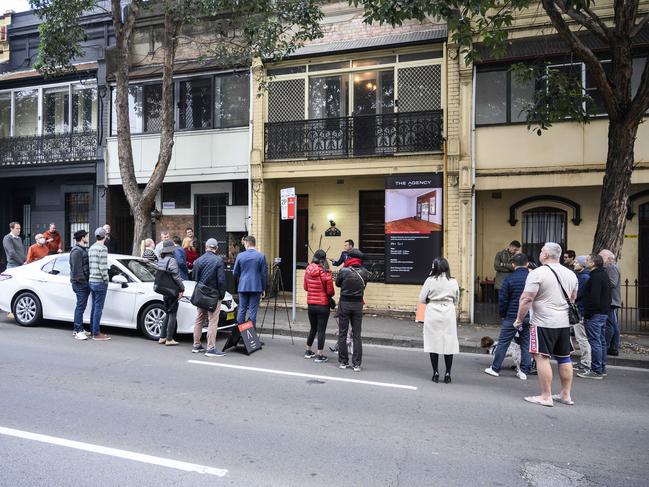
Key to the success of such programs is adequate housing. The RAI encourages employers in regional centres to offer assistance in arranging both temporary and long-term accommodation
for skilled migrants and their families, but they must still contend with the vagaries of the
Australian property market.
The Property Council of Australia noted the 2023-2024 federal budget highlighted the strength of new overseas migration but also the extent of the housing supply crisis.
It warned the Australian Government must match its targeted approach to migration with the same focus on housing investment and better planning processes across the country.
To that end, Minister for Home Affairs Clare O’Neil has outlined a new migration strategy that will align investments in infrastructure, service provision and housing, including ensuring joint action across all levels of government to address barriers to increasing housing supply.
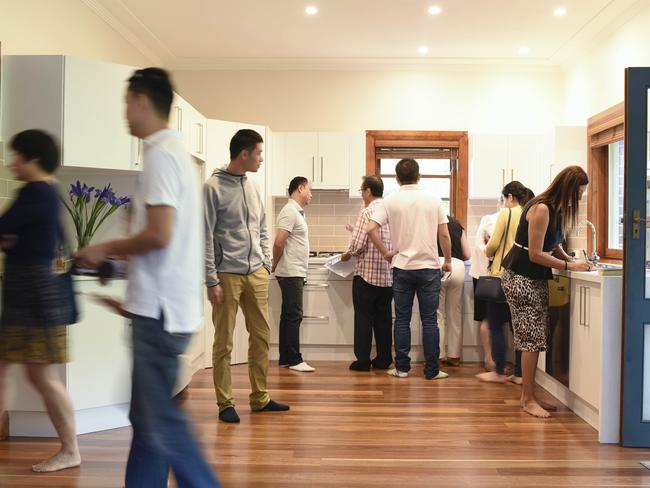
Most migrants start their property journey in the rental market.
However, rental supply has tightened considerably since late 2021, with vacancy rates very low in most major centres.
The return of international migration, in particular the return of international students, has added to already strong demand for rental properties across the country.
Advertised rents have shot up and finding a suitable rental property has become more
difficult as vacancy rates have declined.
Dwelling approvals have fallen to a 10-year low, putting pressure on existing stock, with private sector house approvals down 17.6 per cent in the 12 months to June 2023, and apartment approvals down 10.4 per cent in the same period.
The National Housing Finance and Investment Corporation is forecasting around 148,500 new
homes (net of demolitions) to be built in 2022-23.
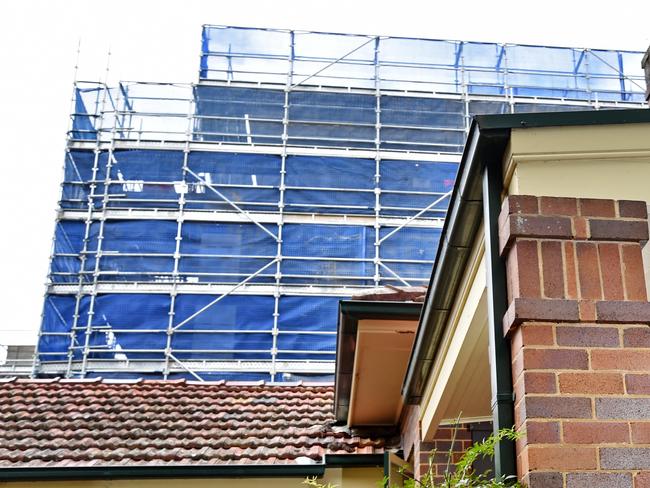
This is expected to fall to 127,500 new homes in 2024-25. A recovery in supply is expected
after 2025.
Meanwhile, the value of new loan commitments for housing was also significantly lower in the first half of 2023 compared with the corresponding period in 2022.
Ms Tolic said a migrant’s finances largely dictate their housing options.
While some migrants may come with sufficient funds to immediately buy a property, others have just enough to migrate to Australia and have no choice but to rent for the first year or two while they find work and build the credit history required to obtain a home loan.
There is a range of options for international students, from university hubs to shared accommodation in private rentals within commuting distance of education centres.
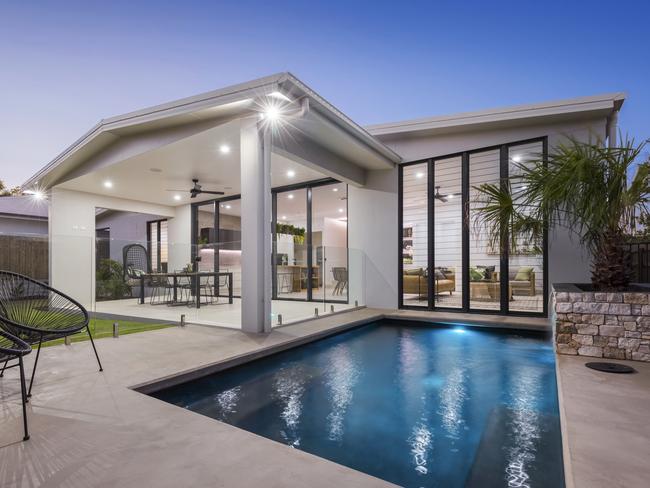
Ms Tolic said there has been a notable trend for some students from wealthier Asian backgrounds to move into an apartment purchased by their parents. These properties are often in affluent
suburbs that promise above average capital growth.
Cashed-up overseas buyers have been active in other sectors of our property market, and as a result, Australia has regained the top spot in New World Wealth’s 2023 list of countries favoured by wealthy individuals.
Approximately 82,000 high-net-worth individuals have moved to Australia over the 20 years to 2022, and another 5,200 were expected to arrive in 2023, according to head of research at New World Wealth, Andrew Amoils.
MORE: Why Byron Bay has lost its shine
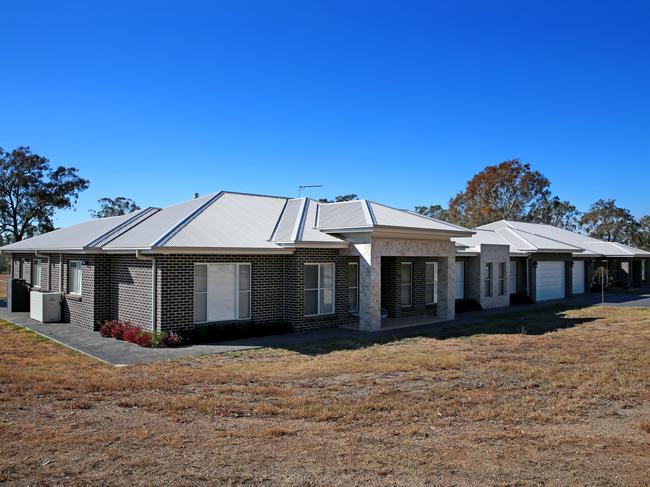
Some will enter through the traditional investment migration route, but a significant number will receive their Australian residency under the government’s Global Talent Independent Program, which targets highly skilled professionals that can help grow Australia’s innovation and tech sectors, including agrifood, digitech and renewable energy.
The Australian Department of Home Affairs made 5,000 Global Talent Independent visas available in 2022-2023, and a further 5,000 places have been set aside for the program for 2023-2024.
Foreign investors are also returning to our shores in greater numbers, with investment across all sectors of real estate up 7.1 per cent in the 12 months to December 2022.
Direct investment came in at almost $145 billion, ranking second in monetary value to mining and quarrying.
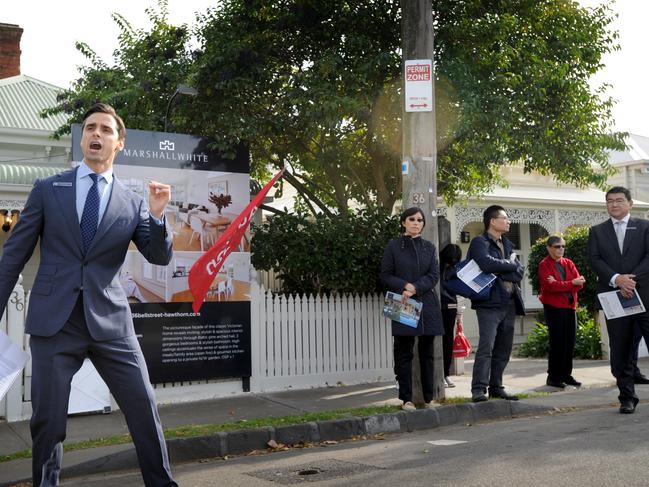
While foreign investors are blocked from buying existing residential properties in Australia, temporary residents living here can buy existing homes, and overseas citizens can purchase new properties after applying for permission.
The policy settings have been designed to encourage the construction of new homes.
In FY21, 5,310 residential real estate purchase transactions had a level of foreign ownership with a total value of $4.2 billion.
There are plenty of commentators, including government representatives, who believe an
increased migrant intake and greater numbers of foreign investors will place untenable pressure on an already struggling housing market.
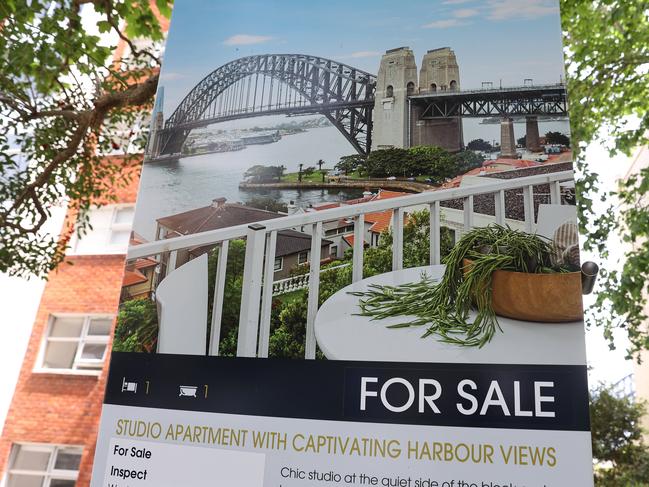
But without these two cohorts, businesses will continue to fold and our ageing population will face different, but equally challenging, problems.
Apart from filling critical gaps in our workforce and providing funding for our educational
institutions, migrants add cultural depth and incredible diversity to our towns and cities, making life richer for all Australians.
* John McGrath is the founder, managing director and chief executive officer of McGrath Estate Agents



